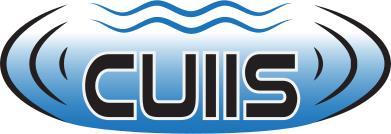The aim of the project proposal is specified in the project’s objectives, which are subdivided into the respective tasks. The subsequent development of the activities in the work packages are aimed at the development of deliverables for the implementation of outputs of the project’s tasks, which in their aggregation aim to fulfil the project’s goal. The development of the project methodology is done by implementing Project Management Body of Knowledge (PMBOK®) models and Scrum framework. The overall methodology to be used on the CUIIS project is derived from the Scrum framework wherein planning and management of incremental iterations of development for each task are the responsibility of the WPLs. As outlined in the Scrum Guide, Scrum is framework within which people can address complex adaptive problems, while productively and creatively delivering products of the highest possible value. Scrum is a process framework that has been used to manage complex product development since the early 1990s and so it is a valued approach to meet the complex analysis and development problems present within the CUIIS project. The Scrum framework is used in its truest form for iterative project development within Work Packages 2, 3, 4, 5 (WP2, WP3, WP4, WP5). However, the concepts of a Scrum framework will still be applied as a general management iterative management framework across all WPs. Developments within each of these WPs will follow a normal Scrum-based framework and leverage capabilities of partners for experimentation, research, development and test.
The aim of the CUIIS project is to offer innovative system solution for the development of next-generation comprehensive solutions for enhanced defense diving to detect, identify, counter and protect against sub-surface threats.
The outcome of the CUIIS project is Comprehensive system solution in the area of underwater technologies for physical support and recovery of divers, building C4I mission systems for underwater management, underwater monitoring, situational awareness, positioning, navigation and manned-unmanned teaming.
